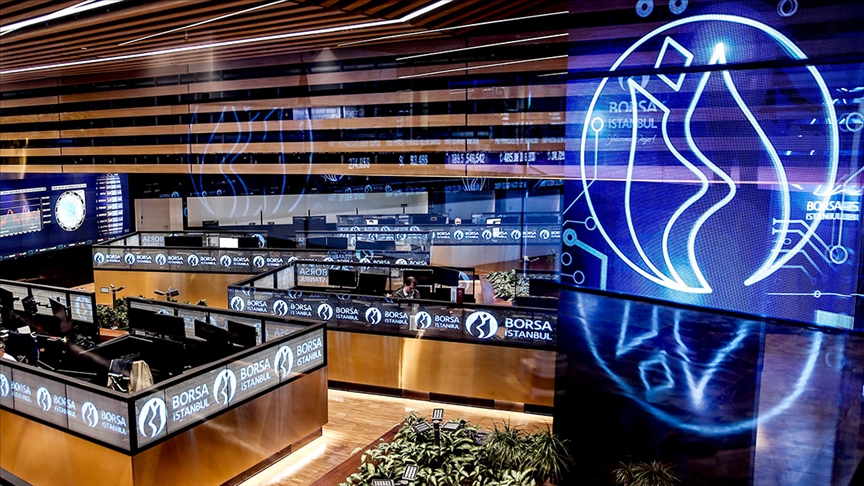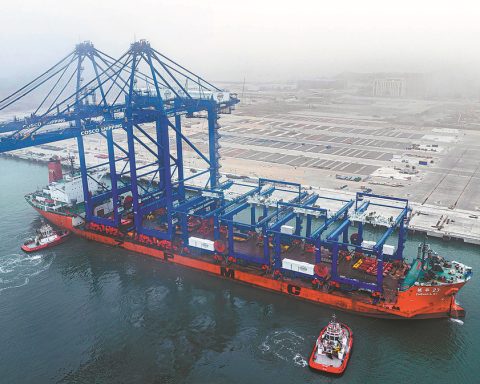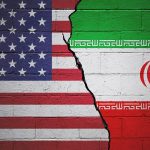Ohio Senator and Republican vice presidential nominee JD Vance recently made headlines with a bold claim on comedian Theo Von’s podcast This Past Weekend, suggesting that Donald Trump has a 60 percent chance of winning the upcoming November election. Despite Vance’s lack of expertise in odds-making, his remark sparked discussions about the reliability of election forecasts, the accuracy of polls, and the role of betting markets in political prediction.
While it’s common for candidates to express optimism about their chances, Vance’s willingness to assign a specific probability to Trump’s potential victory is unusual in the world of politics. Typically, politicians steer clear of quantifying their chances, opting instead to maintain an upbeat outlook without putting numbers on the line. This makes Vance’s 60 percent assertion stand out, raising questions about whether this prediction is grounded in data or merely serves as a motivational message for the Republican base.
The Uncertain Art of Political Predictions
It’s worth noting that political predictions often involve more art than science. Vance’s reference to betting markets, such as Kalshi and Polymarket, which at the time showed Trump with a slight edge over Vice President Kamala Harris, adds an interesting dimension to this discourse. Betting markets, where people wager real money on election outcomes, can reflect public sentiment in a more dynamic way than traditional polling. As Theo Von noted during the podcast, the idea of “people putting their money down” gives a sense of tangible confidence in a candidate. Yet, there’s a catch—betting markets can be manipulated. When large bets, like the $30 million placed by just four accounts as reported by The Wall Street Journal, influence the odds, it raises concerns about how reflective these markets truly are of broader public opinion.
Betting markets may offer insights into what some people believe will happen, but they aren’t immune to bias. The stakes for those with deep pockets can steer market outcomes, potentially giving a skewed picture of a race that polls show remains close. Vance himself acknowledged the limitations of betting odds and polling, pointing out that sampling issues often plague pollsters. He argued that Democrats, particularly those with higher education levels, are more likely to participate in surveys, making it challenging to capture an accurate snapshot of voter intentions. This critique aligns with long-standing concerns about the “nonresponse bias” in polling, where certain groups are underrepresented because they are less likely to engage with surveyors.
A 50-50 Race or Something Else?
While polling data has consistently painted the 2024 race as a near tie, the apparent divergence between polling results and betting market predictions is intriguing. How is it that betting sites are more confident in a Trump win, even as traditional polls indicate a toss-up? The answer may lie in voter enthusiasm and the dynamics of the electoral map. Trump’s core supporters have shown unwavering commitment, while Harris faces an uphill battle to energize the Democratic base in the same way.
Vance’s suggestion that voters “shouldn’t trust” the polls, and should instead “work [their] ass off,” reflects a common sentiment among political strategists who warn against complacency. Regardless of whether polls show a lead or a deficit, the belief is that ground game and voter turnout will be the deciding factors. In close contests, this advice becomes all the more relevant, as elections often hinge on a few thousand votes in key swing states.
Betting Markets: A Useful Tool or a Dangerous Distraction?
There is an ongoing debate about whether betting markets should be taken seriously as indicators of election outcomes. While some argue that these markets aggregate a diverse range of opinions and can therefore serve as a useful barometer, others caution that they are more a reflection of speculation than reality. Political betting odds can fluctuate wildly in response to news events or even strategic wagers, leading to potentially misleading signals. In essence, they might better capture the sentiment of investors rather than voters.
Nonetheless, the increasing prominence of betting markets in political discourse points to a shift in how people consume election information. With traditional polling facing scrutiny for its perceived inaccuracies in past elections, some are turning to alternative sources like betting odds for clues. However, Vance’s suggestion that these markets have it “about right” by predicting a Trump edge should be viewed with a healthy dose of skepticism. After all, betting markets did not foresee some of the most surprising political outcomes of recent years, including Trump’s own victory in 2016, which defied most odds and polls at the time.
The Real Test: Mobilization and Ground Game
As the election approaches, the race’s true trajectory will be shaped not just by public sentiment but by how effectively each campaign mobilizes its supporters. In this regard, both Trump and Harris face challenges. While Trump enjoys a highly motivated base, the task will be expanding beyond his core group to win over swing voters and moderates. Conversely, Harris will need to inspire enthusiasm among a coalition that includes not only progressives but also independents and disaffected Republicans.
Ultimately, JD Vance’s bold prediction of a 60 percent chance for a Trump victory serves as a reminder of the fluid nature of political forecasting. It underscores the limits of relying solely on any one measure—whether polls, betting markets, or expert opinions—to predict election outcomes. What remains clear is that with a close race and high stakes, both campaigns will need to heed Vance’s advice to “work [their] ass off” to win over the voters who will decide the next occupant of the White House.
In the end, only one “market” will truly matter: the one on Election Day, where every vote will be cast and counted.














